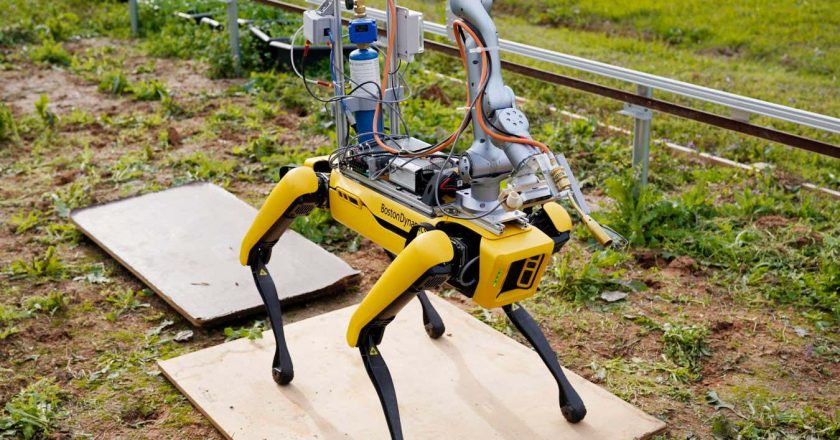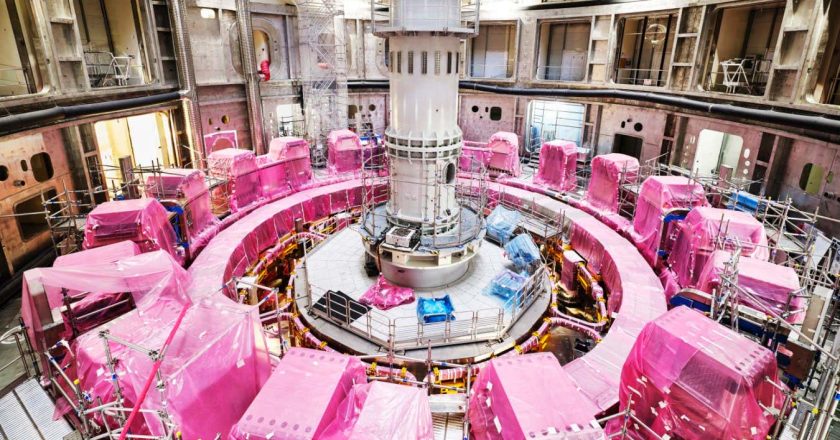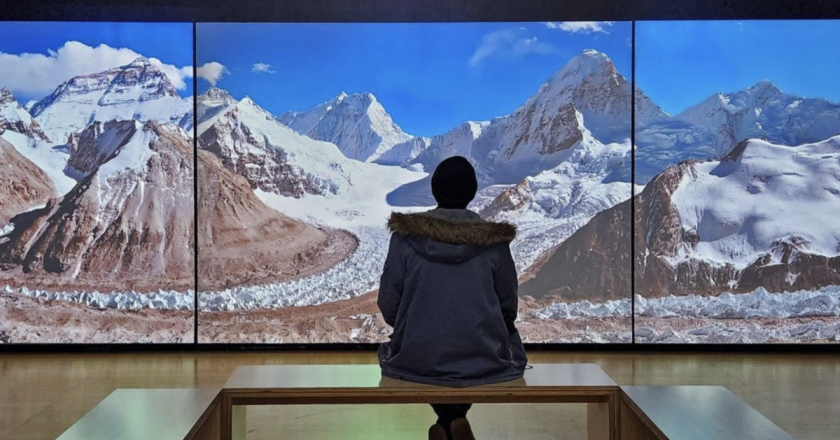Study Finds Switching From Gas to Electric Stoves Cuts Indoor Air Pollution – State of the Planet
Switching from a gas stove to an electric induction stove can reduce indoor nitrogen dioxide air pollution, a known health hazard, by more than 50 percent according to new research led by scientists at Columbia University Mailman School of Public Health and the Columbia Climate School.
Photo: Ivan Radic via wikimedia Commons
The study was carried out as part of a pilot project titled “Out of Gas, In with Justice” led by Northern Manhattan-based nonprofit WE ACT for Environmental Justice. The pilot is the first to evaluate the feasibility and benefits of transitioning from gas to induction stoves in affordable housing. It is also the first study to evaluate the effects of residential cooking electrification in a public housing setting in the U.S.
This research comes as New York Ci...




